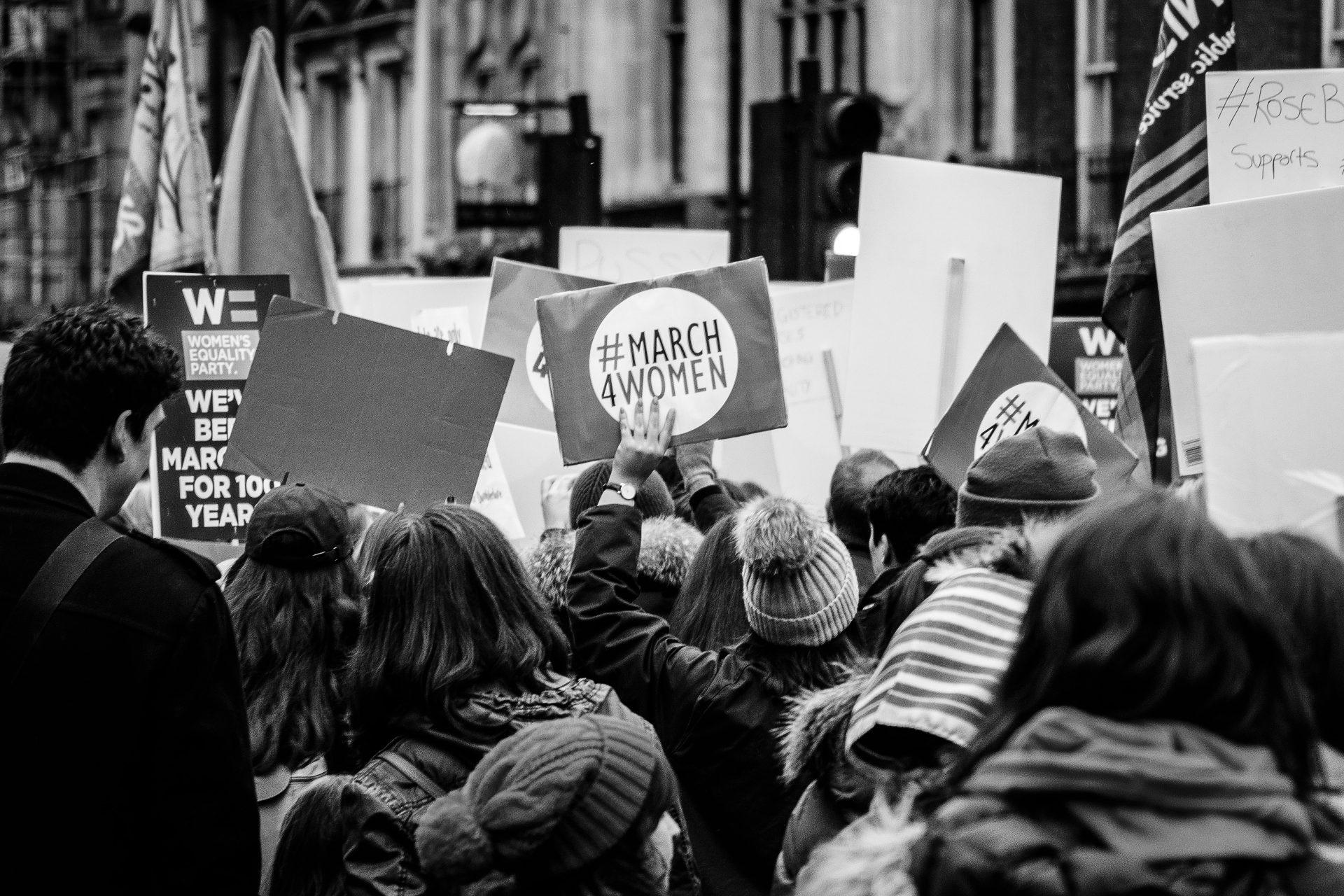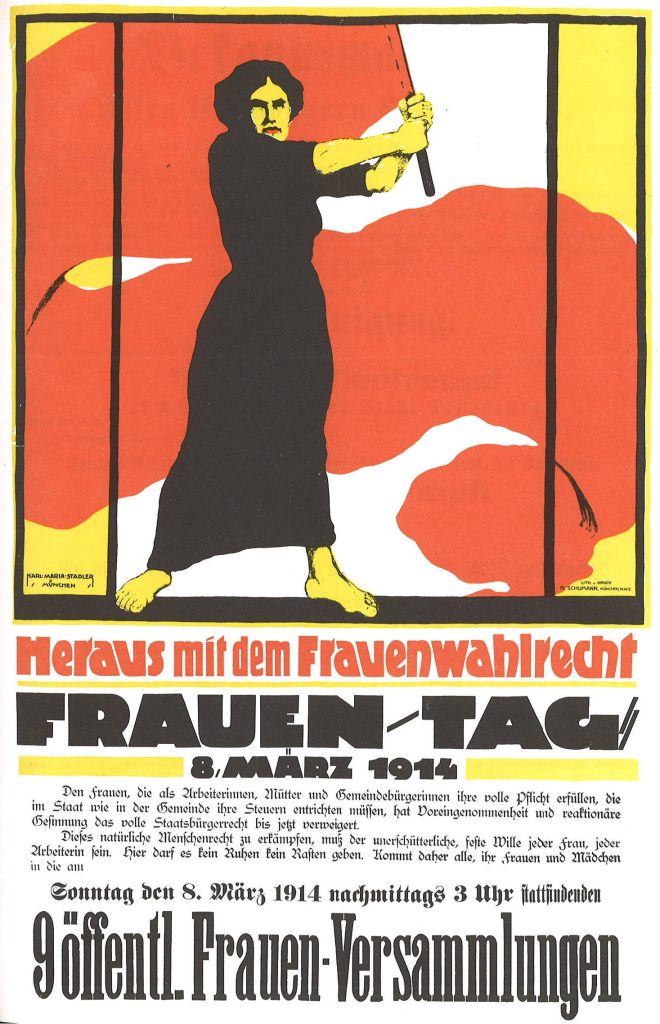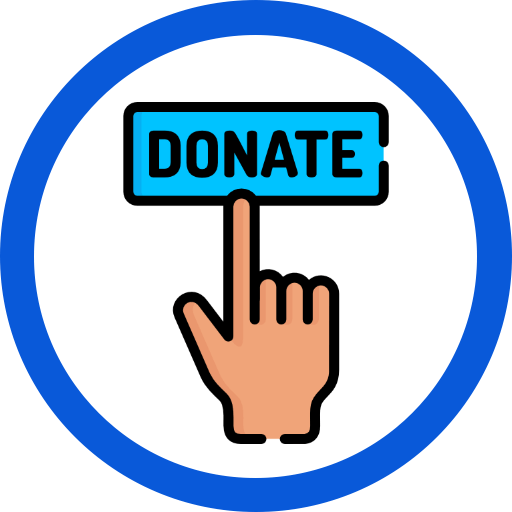International Women’s Day

In many countries around the world, March 8th stands for the fight for gender equality and the commitment to end discrimination against women. Initiated in the early 20th century, the day has been intended not only to draw attention towards current problems but also to celebrate what has been achieved. It depends on each individual to promote justice in his or her own framework and environment and to promote diversity and inclusion.
To this day, numerous stereotypes against women and girls still prevail. The inequality becomes even clearer when taking a closer look at the numbers provided by the UN: In a study of female journalists across 125 countries, it was discovered that 73 percent of them had experienced online violence while performing their job. One-third of women worldwide experience physical or sexual violence, often caused by their own partner. Especially in war zones, women and girls are among the most vulnerable groups, experiencing severe crimes including rape or human trafficking.

But gender inequality is not only found in war zones or under the circumstances of poverty. Looking at salaries in the EU, on average, women earn 13% less than men per hour.
Although progress has been made in many areas, gender-based violence remains a significant challenge in several countries. Domestic violence or sexual harassment in the workplace often go unpunished due to the lack of laws. This shows again why it is important to enhance legal frameworks, ensure that perpetrators are held accountable and provide support services to survivors. Additionally, more needs to be done to address the root causes of gender-based violence, including harmful gender norms and stereotypes.
For more information on International Women’s Day, its mission, and this year’s theme visit the following links:
In focus: International Women’s Day | UN Women – Headquarters
International Women’s Day | United Nations
Text: Lorena Raub, University of Passau, Germany.
Photo by Giacomo Ferroni on Unsplash

